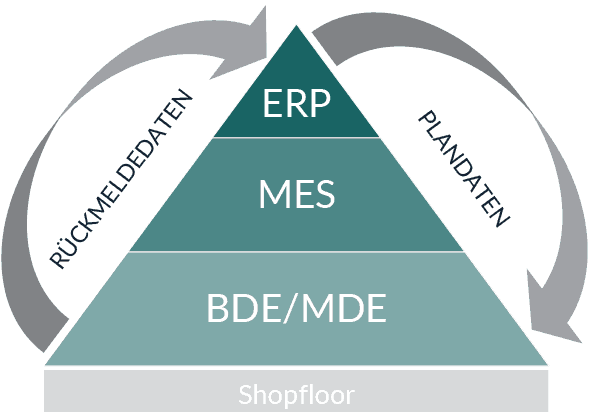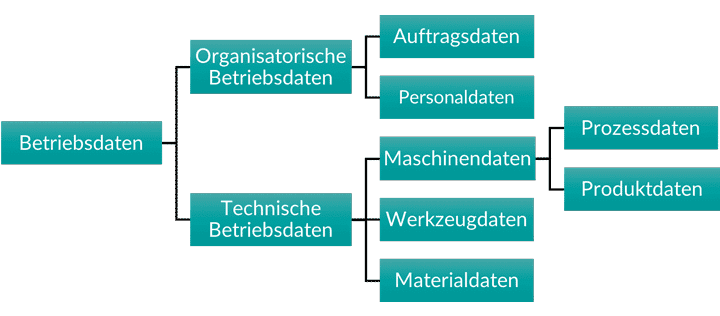Our solutions
Learn more about how you can implement machine data acquisition with Selfbits.
Operational data capture in production refers to the collection, recording, and evaluation of data that comes directly from the production process. These data can include information such as machine run times, downtimes, production quantities, quality parameters, and material consumption.
Industrial companies are feeling an increasing pressure to adapt themselves to the changing environment. Medium-sized companies in particular are currently facing a wide range of challenges. At the same time, these changes offer enormous opportunities and potential. In order to remain competitive in the future, small and medium-sized enterprises must reposition themselves and face the challenges.
Implementing digital solutions can help companies streamline business processes, increase productivity, and open up new business areas. The step towards a digital future is not too far. The key to increased efficiency and thus increased profit lies in the networking and use of information that is generated daily in every company. The collection of this operating data is a prerequisite for the automation of production control and thus a central step on the way to a smart factory.

Software solutions for controlling business processes that are used in all areas of operation. This enables operational resources such as capital, personnel and materials to be managed on time and on demand. The aim is to ensure an efficient value creation process and a continuously optimised management of business and operational processes.
For operational planning and control of production activities. You take over the associated data management. The aim of the PPS systems is to realize short turnaround times, to meet deadlines, to achieve optimum stock levels and to make economical use of the equipment. ERP systems can integrate PPS systems.
CAM refers to the use of cnc machines independent software to generate the NC code, which controls CNC machine tools. CAM is an essential part of computer-integrated production (CIM). CAM results in less susceptibility to error because no geometry data from drawings needs to be written off. Working on the CAM system does not interrupt the productivity of the CNC machine. Recurring tasks can be completed more quickly by depositing your own functions.
MES are used for operational control of production. The PPS system transfers production orders (debit data) to the MES via an interface. The PDA (production data acquisition) collects the production results (actual data) and returns them. By comparing target and actual data, processes can be optimized and errors in the flow can be detected. For production planning, the ERP accesses the MES and at the same time passes on the production planning to the MES.
The term operational data collection or sometimes production data acquisition (PDA) refers to the collection and processing of data in machine-processable form from operational production. Correct and up-to-date data from the production process are indispensable for planning by PPS components of ERP systems and by MES. The advancing digitalization enables an automated PDA, at the same time the PDA intervenes more deeply in the processes of different areas in the company. Old machines should not be replaced, but connected in such a way that software can be used effectively to make the collected data usable. Thus, the real value lies in the software. The aim is to gain transparency in order to identify and exploit optimization potentials and thus to make the work of people and machines smart and efficient.

An important data source for operational data capture in production is machine data capture.
Learn more about how you can implement machine data acquisition with Selfbits.